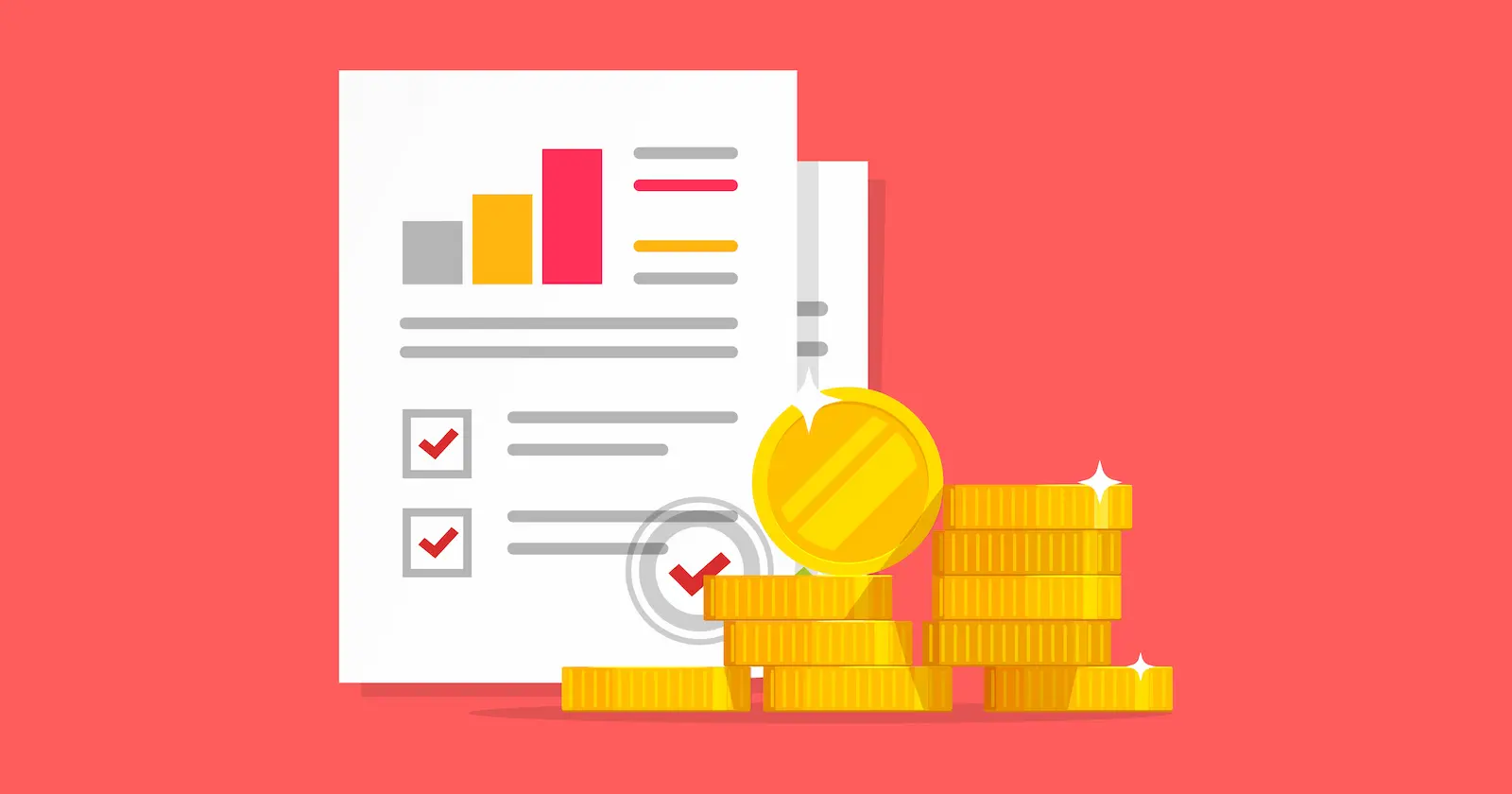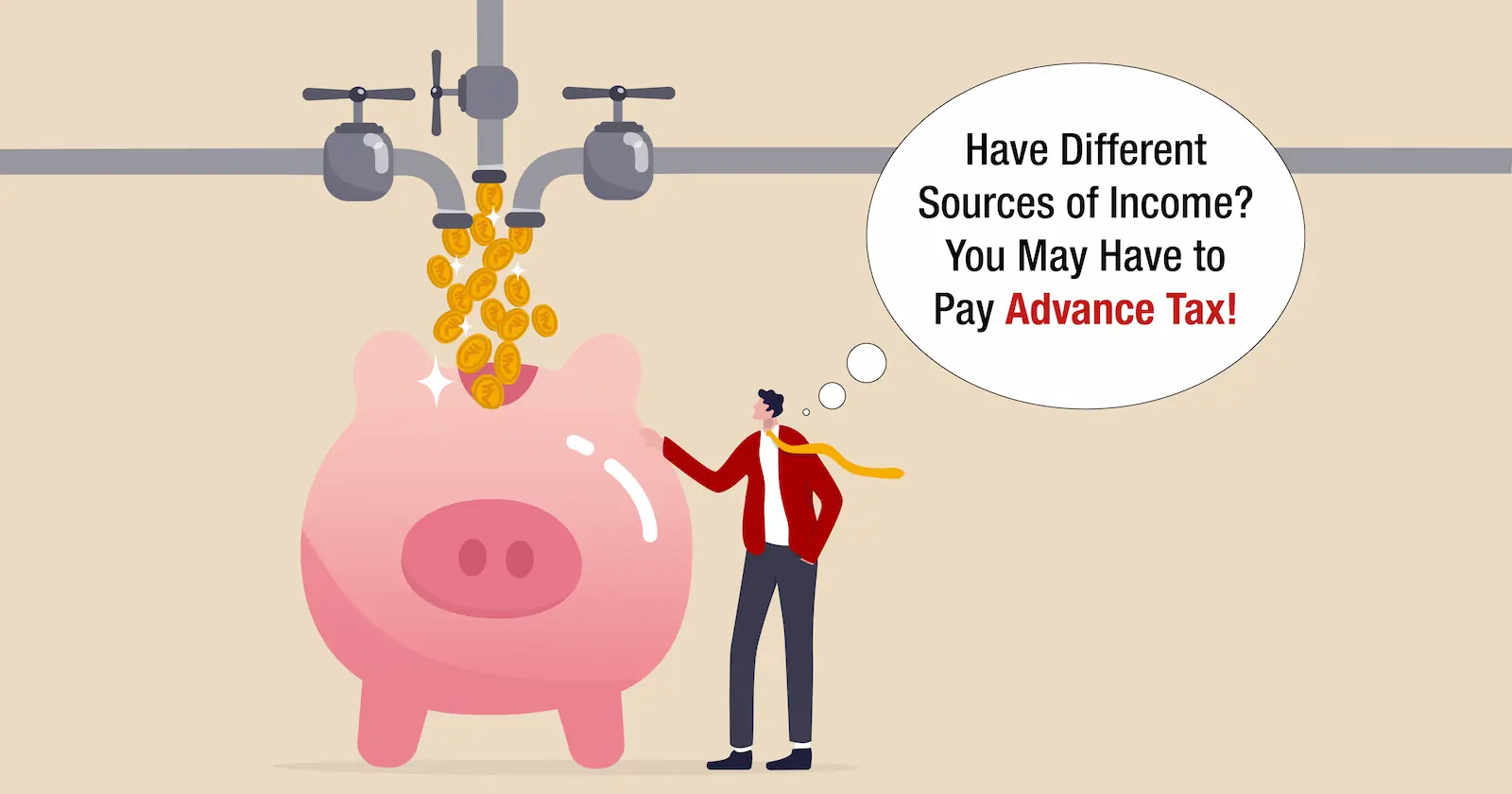What is allowance?
Any monetary benefit offered by the employer to its employees for meeting expenditures, over and above the basic salary are known as Salary Allowances.
Allowances are the financial benefit given to the employee over and above the monthly salary. Allowances are particular in nature and are provided to meet the specific requirements of employees.
Most of the times, employees often get confused between ‘Allowances’ and ‘Perquisites’, failing to understand the basic difference between the two. However, it’s important to comprehend that all allowances are not taxable. As an employee, you must know which allowances in the salary slip are actually taxable. This would help you save taxes most efficiently.
According to Income Tax Act, 1961, allowances are added to the salary of an individual and taxed under the head Income from Salaries. The salary allowances can be divided into three categories, taxable, non-taxable and partly taxable allowances.
How does allowance work?
The more you claim allowances, the less your tax liability will be because some allowances are exempt and some allowances are partly taxable. The more tax free allowances you get more taxes you can save.
Salary Allowance in India: Taxable, Non-Taxable and Partially Taxable
As per the Income Tax Act, allowances are broadly divided into three categories
-
Taxable Allowance
Taxable allowances are those allowances which are part of salary and are not exempted under any section of Income Tax Act. These are taxed as per the tax slab of the employee. Here are few commonly known taxable allowances:
- Dearness Allowance: Dearness Allowance is mostly paid to employees over the basic salary to manage inflation and as an adjustment towards the cost of living expenses. The income tax act clearly mentions that tax liability for Dearness Allowance will be calculated along with salary. Therefore, one must declare the same while filing income tax returns.
- Entertainment Allowance: This allowance is given to employees to meet the expenses towards hospitality in receiving customers etc. The Act gives a deduction towards entertainment allowance only to a Government employee and in case of non-government employees entertainment allowance is completely taxable.
Entertainment allowance received is fully taxable and is first to be included in the salary and thereafter the following deduction is to be made from gross salary:
The amount of deduction will be lower of:
- One-fifth of his basic salary or
- 5,000 or
- Entertainment allowance received.
Amount actually spent by the employee towards entertainment out of the entertainment allowance received by him is not a relevant consideration at all.
- Medical Allowance: This allowance is paid for the medical expenses incurred by the employee. this allowance is fully taxable.
- Overtime Allowance - Employees who work beyond their regular shifts may receive an overtime payment from their employers. This is referred to as overtime and any compensation received is fully taxable.
- City Compensatory Allowance - This payment is made to employees who work in urban areas that may be quite expensive in order to help them cope with the excessive expense of living there. It is taxable irrespective of the fact whether it is given as compensation for performing his duties in a particular place or under special
- Interim Allowance - Any interim allowance given by an employer in place of a final allowance is completely taxed.
- Project Allowance - When an employer pays an employee's project-related expenses out of an allowance, that income is completely taxable.
- Tiffin/Meals Allowance- When employer pays for employee’s tiffin/meals that is entirely taxable.
- Cash Allowance - When an employer offers a cash allowance, such as one for a wedding, a funeral, or a holiday, it is fully taxable.
- Non-Practicing Allowance – this allowance is given to doctors who provides their employer a certificate that they are not working in any self practice. This allowance is generally 20% of basic salary and dearness allowance.
- Warden Allowance - When an employer provides a stipend to a worker serving as a Warden, or Keeper, at a school, the stipend is completely taxable.
- Servant Allowance - When an employer pays a worker to use a servant's services, that allowance is considered as taxable income.
- Transport allowance - Transport allowance granted to an employee to meet his expenditure for the purpose of commuting between the place of his residence and the place of his duty is fully However,in case of blind/ deaf and dumb/ orthopedically handicapped employees exemption upto 3,200 p.m. is provided under section 10(14).
- Other Taxable allowances - Telephone Allowance, Holiday allowance, and so on.
-
Non-Taxable Allowance
These allowances are part of the salary, however, are fully exempt from tax, which means while computing tax these are deducted from the salary. Here are few commonly known fully exempted allowances:
- Uniform Allowance: Any allowance granted to meet the expenditure on the purchase or maintenance of uniform for wear during the performance of the duties of an office or employment of This is exempted to the limit of the actual amount spent on the expenses.
- Allowances Paid to Government Employees Abroad - Allowances or perquisites paid or allowed as such outside India by the Government to a citizen of India for services rendered outside India are exempt from tax
- Allowances Paid to UNO Employees - Allowance paid by the UNO to its employees is not taxable by virtue of section 2 of the United Nations (Privileges and Immunities) Act,
- Allowances Judges of the High Court and Supreme Court - Any allowance paid to a Judge of a High Court and Supreme Court is not taxable.
- Compensatory Allowances - Compensatory allowance received by judge under Article 222(2) of the Constitution is not taxable since it is neither salary not
- Sumptuary allowance- Sumptuary allowance given to High Court Judges under section 22C of the High Court Judges Act, 1954 is not chargeable to tax.
- Helper Allowance - Helper Allowance is the allowance granted to an employee to meet the expenditure incurred on a helper when such helper is engaged for performing official duty.
- Other Tax Free Allowances – Daily Allowance, Academic / Research Allowance, Conveyance allowance, Allowances paid to government employee posted outside India, Compensatory Allowances paid to Judges, and Travelling Allowance, and so on.
-
Partially Taxable Allowances
These allowances are exempt from tax to a certain limit as instructed in the income tax act. Here are few commonly known partially taxable allowances:
- House Rent Allowance - HRA is a special allowance specifically granted to an employee by his employer towards payment of rent for residence of the As per the Sec 10 (13A), the least of the following is exempted, and rest amount is taxable.
- Actual HRA received
- Rent Paid – 10% (Basic salary + DA)
- 40% of salary ( basic + DA) and 50% in metro cities like Mumbai, Kolkata, Delhi, or Chennai)
Exemption is not available to an assessee who lives in his own house, or in a house for which he has not incurred the expenditure of rent.
- Children Education Allowance - This allowance is granted towards the expenses incurred on a child’s education. This is exempted up to Rs. 100 per month per child up to a maximum of 2 children.
- Hostel Expenditure Allowance - This allowance is granted to employees for the expenses incurred on the hostel fees of their child. This is exempted up to Rs. 300 per month per child up to a maximum of 2 children.
- Transport allowance - Any transport allowance granted to an employee who is blind or deaf and dumb or orthopedically handicapped with disability of the lower extremities of the body, to meet his expenditure for commuting between his residence and place of duty is exempt upto rs 3200 per month.
- Allowance given to an employee in the transportation industry - Allowance given to an employee in the transportation industry to cover personal expenses while performing duties related to the operation of such transportation from one location to another, if the employee is not receiving the daily allowance.
Amount of exemption shall be lower of following:
70% of such allowance; or
Rs 10,000 per month.
- Special Allowance - Special Allowance is a allowance granted to the Employees to meet certain expenses. The expenses must be incurred against which such allowance is given to the employee.
- Underground Allowance- This allowance is granted to an employee who is working in uncongenial, unnatural climate in underground mines is exempt upto 800 per month.
- Conveyance Allowance Exemption Limit - Conveyance allowance refers to the compensation provided by the employer to the employee for travelling to and from the workplace. Taxes are not due on the allowance up to a monthly cap of INR 1600. According to the Income Tax Act, taxes will be due on any sums received in excess of INR 1600.However, with the amendment coming in Budget 2018, tax exemption on conveyance/transport allowance has been replaced and included in the Standard Deduction allowed. Therefore, no separate exemption will be allowed for conveyance/transport allowance from FY 2018-19 onwards.
- Leave Travel Allowance- You are eligible to claim exemption for LTA if you are going on a vacation subject to exemption limit as specified under the Income Tax Act, 1961. This exemption applies to the employee's when the journey is performed by rail, aircraft, or bus. The exemption is as below
- If travel by Air: Maximum exemption shall be economy fare calculated by the airlines considering shortest route to the Destination.
- Where place of origin and destination is connected by Railways and the Journey is performed between such places : Maximum exemption shall be not more than air-conditioned first class rail fare by the shortest route.
- Where place of origin and destination is not connected by Railways : In case recognized public transport exist, maximum exemption will be of amount not exceeding first class fare of such transport by shortest route. In case recognized public transport does not exist, amount equal to air conditioned first class rail fare.
This exemption does not apply to any additional local transportation, sightseeing, hotel accommodations, meals, or other expenses. The lower of the two exemptions will be allowed:
- The employer provides LTA.
- Exemption based on expenses incurred or the applicable amounts subject to the conditions covered above for each method of transportation.
- Medical Allowance - Medical allowance is a part of the salary, exactly like dearness allowance. It is totally taxed.
Medical reimbursement is a refund of the employee's or his family's medical expenses. The exemption amount will be the lesser of the two;
However, with the amendment coming in Budget 2018, tax exemption on medical reimbursement has been replaced and included in the Standard Deduction allowed. Therefore, no separate exemption will be allowed for Medical Reimbursement from FY 2018-19 onwards.
- Car maintenance allowance - If an employee uses a company's car and the company repays the driver's wage, insurance, maintenance, and fuel expenses, the taxable value is Rs 2,700 per month (cars with cubic capacity within 1.6 Litre) or Rs 3,300 per month (cars with engines over 1,600 cc) (car with cubic capacity exceeding 1.6 Litre).
An exemption of Rs 2,700 per month or Rs 3,300 per month in respect of the driver salary, maintenance, and fuel expenditures paid and refunded by the employer if the employee owns the car.
How are these Allowances Calculated in a Salary?
Let's look at an example to see how you can save money on taxes by properly structuring your salary.
Mr. Shah works for a reputable company and earns INR 10,00,000 per year. Let's look at his pay structure from different angles:
| Particulars | Salary Structure 1 | Salary Structure 2 | ||||||||||||||
|---|---|---|---|---|---|---|---|---|---|---|---|---|---|---|---|---|
|
Basic Salary |
5,00,000 |
4,00,000 |
||||||||||||||
|
+ HRA |
3,00,000 |
2,00,000 |
||||||||||||||
|
+ Provident Fund (12%) |
60,000 |
48,000 |
||||||||||||||
|
(+) Standard Allowance (Conveyance allowance + medical reimbursement) |
40,000 |
40,000 |
||||||||||||||
|
(+) Leave Travel Allowance |
30,000 |
30,000 |
||||||||||||||
|
(+) Other Allowances |
70,000 |
2,82,000 |
||||||||||||||
|
Total |
10,00,000 |
10,00,000 |
||||||||||||||
|
(-) Exempted HRA (assuming 50%) |
2,50,000 |
2,00,000 |
||||||||||||||
|
(-) Standard Allowance |
50,000 |
50,000 |
||||||||||||||
|
(-) Leave Travel Allowance |
30,000 |
30,000 |
||||||||||||||
|
(-) Other allowances
|
– |
|
||||||||||||||
|
Total taxable Salary |
6,70,000 |
6,41,000 |
||||||||||||||
|
Less: Profession Tax Paid |
2,500 |
2,500 |
||||||||||||||
|
Income under the head Salary |
6,67,500 |
6,38,500 |
||||||||||||||
|
(-) Deductions under Section 80C |
1,50,000 |
1,50,000 |
||||||||||||||
|
Total Taxable Income |
5,17,500 |
4,88,500 |
||||||||||||||
|
Tax on income |
16,640 |
0 (Rebate u/s87A) |
||||||||||||||
|
Saving in tax |
16,640 |
Conclusion
The earlier-mentioned components help employees save money by providing tax-free methods to pay for things like lodging, meals, and phone calls. Make the most of them by structuring your salary in such a manner that you can plan your taxation.
Sections 80C and 80D can help you save even more money on taxes. Connect with a trusted advisor to learn more!
How Can We Use Allowances to Save Tax?
As soon a person joins an organisation, she/he is provided with the breakup of the fixed salary and allowances. However, most of the times individuals are ignorant about taxation. But allowances can help employee save taxes provided they are placed in the salary intelligently.
Salary restructuring is not possible in every organisation, but if possible, employees should try to include allowances which are non-taxable or are partially taxable in nature. This way they can reduce the tax liability to some extent.
Thus, one should take note that through intelligent planning one can use allowances to save taxes and reduce the tax outflow.





Comments